Energy News Beat
In this episode of Energy News Beat Live from NAPE – Conversation in Energy, host Stuart Turley sits down with Jeff Krimmel, an energy analyst and consultant, who shares insights into the oil and gas industry, including Oxy’s high production costs and the challenges faced by high-cost producers. They discuss the impact of carbon capture technologies, deregulation, and how regulatory changes could benefit smaller operators. Krimmel emphasizes the importance of balancing energy affordability, sustainability, and security while recognizing the need for pragmatic approaches to global energy systems. He also talks about his consulting work, helping executives make data-driven decisions, and the evolving energy landscape, including the growing role of natural gas and AI in shaping the future.
This was an absolute blast with Jeff, and we will be talking once a month for a check into his analysis of great insights into the energy, oil, and gas markets.
Thank you, Jeff, for stopping by the NAPE booth, and I am looking forward to visiting more often!
I recommend following Jeff on his LinkedIn HERE: https://www.linkedin.com/in/jeffkrimmel/
And sign up for his newsletter HERE: https://jeffkrimmel.carrd.co/
Highlights of the Podcast
00:00 – Intro
01:10 – Discussion on Oxy’s Business Model and Costs
04:11 – Impact of Carbon Capture on Oxy
04:44 – Investing in High-Cost Producers
06:04 – Regulatory Environment and Its Impact on Small and Mid-Tier Operators
06:34 – Regulatory Changes and Their Potential Benefits for Smaller Operators
08:39 – The Role of Major Oil Companies and ESG Considerations
10:17 – Energy Analysis and Consulting Services
15:45 – Energy Market Trends and Future Outlook
18:48 – The Future of Energy Systems and Sustainability
22:25 – Closing and Contact Information
We are also putting the video from X here: YouTube has a tendency to block, or pull videos down when speaking the truth.
Stuart Turley – President and CEO of Sandstone Group [00:00:08] Hello, everybody. Welcome to the Energy Newsbeat Podcast. My name’s Stu Turley, President CEO of the Sansone Group. Today is NAEP and you’re probably tired of listening to us, but we are having so much fun. My next guest is Jeff Kreml and he is an energy extraordinaire, I think is a freak. I’m his favorite stalker on LinkedIn. You have got to follow him there. Welcome, Jeff. Well, thank you so much for having me. I’ll tell you what, I love your work. Your analytical mind on what you’re writing out there is very cool.
Jeff Krimmel – Owner of KSG – Krimmel Strategy Group [00:00:41] Well, I appreciate you saying that. It’s an area that I make sure, you know, it’s deliberate that I steer in that direction. There’s a lot of conversation around energy and frankly, a lot of it’s very good. And I feel like one area that I can contribute is by using data and communicating from that data, kind of telling my own story around that data, but sharing the data so that other folks can decide whether they agree with the narrative I happen to have constructed or whether they want to challenge it or come up with their own. And I feel like it creates a pretty fun dialog. You know what’s fun is when you take a look at
Stuart Turley – President and CEO of Sandstone Group [00:01:10] some of your analytics, let’s go through the one on Oxy, because I was, you sit back and kind of wonder why does Warren Buffett own so much, there’s got to be a reason. Yes,
Jeff Krimmel – Owner of KSG – Krimmel Strategy Group [00:01:20] the most recent analysis that I had done on Oxy was, and you see it in two different ways, but they are one of the higher cost of producers amongst US independent E &Ps. And you see it in terms of, I performed some estimated breakeven oil price calculations, they have a breakeven oil prices north of $55 a barrel. But you also see the post I wrote about most recently was in their finding and development costs, it costs them more to find and develop a barrel of reserves than almost anyone else that I had attracted, the big players of the big US independent E &Ps. And that’s worth paying attention to, because we’re in an environment where long term global oil demand, there’s real uncertainty about what happens there. And there’s real hesitation in getting aggressive around capex, as we’ve seen, this is the era of capital discipline. And so knowing that the whole industry is trying to be very selective about how they deploy capex, and that the hurdle rates to justify making these investments have gone up over time, that finding those operators that have the least margin for error is worth understanding, because it’ll tell us a little bit more about how we might expect the future to unfold. Do you think their carbon capture side of it is going to make a difference? So there’s a yes and a no answer to that. The no answer is probably simpler in the sense that, yeah, well, in the sense that if you strip out what their spend around their capture investments, they still would be the highest finding development costs amongst this cohort of independent E &Ps. But yes, in the sense that this is the challenge, I think there’s a lot of merit for any oil and gas company to chart their own path into the future and decide what role are they going to play in the context of carbon. And I know that Occidental describes themselves, at least in part, as a carbon management company. And so there’s, say that element, there’s another element where there’s many more oil and gas companies that are committed to driving down the emissions intensity of their own operations. Try to get that down as small as possible. That’s separate from capturing carbon that’s already been emitted in the atmosphere. Then there’s some cohort of the industry that doesn’t pay a whole lot of attention to carbon emissions at all. And so there’s merit. And I can see a management team justifying to, if you’re a publicly traded company, justifying to their shareholder base, or if you’re privately held, just fine to your ownership group, why we’re going to chart any of these three paths. Okay. Now the challenge becomes whatever path you choose, there’s going to be some advantages and some disadvantages that go along with it. And the wider the portfolio of opportunities that you make available for how you might deploy your capex introduces the possibility of confusion, of uncertainty, of suboptimal deployment of capital, right? Now it also opens up there’s, there’s real possibilities to play like Oxycode and be a meaningful contributor in carbon management, carbon retrieval directly from the atmosphere. So there are wins to be had there, but I do think it makes charting a path through your capital expenditure programs more fraught than
Stuart Turley – President and CEO of Sandstone Group [00:04:11] it otherwise would be. Wow. I’m sitting here kind of thinking, now if I’m an investor looking at Oxy and they’ve got the most expensive in the top tier for looking for new oil and gas in their bank, how do they continue on in their capex? But it’s going to be, they’re going to have to stick with tier one Atlanta, because if you’ve got low costs, you can go to the tier two levels and be okay. But if you’re at the high end of that cost margin, you’re going to have to stay in tier one, that’s going to limit on getting
Jeff Krimmel – Owner of KSG – Krimmel Strategy Group [00:04:44] good deals on. Yes. So it is a fair statement. The assumption that becomes really interesting, and I’m sure this is what the pro Oxy argument looks like, is costs are higher today than we would like them to be, but that means that there’s an enormous opportunity to drive those costs down. Right now I’ve not heard the details around that story about where some of these cost inefficiencies might be that they’re working presumably every day to pull out of organization. So it’s possible. There’s clearly an opportunity to improve and that in itself is exciting. And you can build an investment thesis around that if you believe that, okay, the company has identified these sources of cost inefficiency and really are targeting with the corrective actions to go capture those dollars. But if you think that, no, structurally, this is just a high cost business relative to other business for a number of reasons. It’s the results of subsurface realities or how we execute our programs. Then like you said, you’re restricted two ways. One, you’re restricted geographically. You need as favorable of subsurface environment as you could find. Two, you’re even more levered against attractive oil prices, right? If oil prices start retreating, you’re the one that’s going to be hurt first. And so then you start getting into, okay, do we start hedging more aggressively than our peers do? There are subsequent conversations you have if you believe to just structurally, we’re a higher cost organization. That’s right. I mean, if we’ll
Stuart Turley – President and CEO of Sandstone Group [00:06:04] take a look at Lee Zeldin, I mean, who would guess, Jeff, I did not have this on my card that Lee Zeldin would be told by President Trump for every one new regulation over at the EPA, you have to get rid of 10. Now, how cool is that? And so as an EMB operator out there, we’re all taking a look at regulatory issues and saving the cost of getting rid of 10 regulatory issues is huge. That’s going to help everybody. Yes. There’s something that’s very
Jeff Krimmel – Owner of KSG – Krimmel Strategy Group [00:06:34] interesting about this dynamic. And it is that when you look at, say, the world of big tech, there’s a lot of complaints about, you know, is big tech under regulated and in certain areas might be overregulated. And some of the biggest tech companies, right, rather strangely, have lobbied for increased regulation of the tech sector. Well, why would that be the case in almost all situations? If you increase the regulatory burden in any economic sector, that disproportionately targets the smaller players, right? The bigger players have all the resources they need to manage almost any regulatory environment that’s conceivable. But when you start peeling back regulations, what that does is unlock this tier of the market that otherwise might not even exist, right? So there’s small to mid -tier operators for whom, if you eliminate enough of these regulations, that’s the difference between them being in business or not, or expanding their business or not expanding their business. And that’s where I’m very curious, as we march forward in time, if there really is a push, if this deregulatory momentum picks up and there’s real deregulation happens on the back end. What I am most curious to see, what I would expect to see is that the largest players don’t actually change a whole lot. Maybe the extra profit dollars they generate, they funnel back to shareholders in terms of dividends and share repurchase. But I think there’s this segment of the operating community, mid -tier and below, that really might see a meaningful difference in how they can execute their businesses. And I’m curious to see how
Stuart Turley – President and CEO of Sandstone Group [00:07:56] that segment of the market responds. That is really pretty interesting because is it around 50 % of our oil is made over the privates? That’s a good question. I don’t know offhand. I hear the number sometimes I hear it’s between that range or something. So is it the majors, are they going to benefit most from this? I like the way that you did say that and say, if they do benefit, they’re going to be able to afford their share buybacks. Because I think that the ESG mode did do a good thing for the oil and gas in one respect or that is responsibility has really cut in the hole. It is not going to be drill baby drill. It’s going to be drill baby with this kind of responsible is really what that’s going to be.
Jeff Krimmel – Owner of KSG – Krimmel Strategy Group [00:08:39] That’s right. And you are exactly right to comment that say circa over the past 10 years, there has been a real change in the way that these largest oil and gas enterprises are governed. And I agree that it’s a change for the better. It’s leading to cascades down and to more responsible and responsive management. And it leads to more predictability in the market that allows all stakeholders in that market to thrive. So it is a healthier spot today while there’s all the turmoil that exists and that we’re aware of structurally. And it’s a message because I do speak in front of a lot of industry groups. And I try to make it clear that like any economic subsector, you could pick out elements of what’s happening and choose to be pessimistic about it, choose to be the woe is me. There are a lot of reasons to believe that now within the US oilfield say specifically is the most exciting time to have participated here. And one thing that I keep saying is the returns to best in class performance today are higher than they’ve ever been because there are some of these constraints like all these world rates have risen. So if you believe that you can play the game at the highest levels, you will see a greater return today than you ever have. I will argue in the history of the US oilfield. And that’s an incredibly exciting
Stuart Turley – President and CEO of Sandstone Group [00:09:50] thing to think about. Now, I’m, I’m thrilled out of my mind with my investments in the long gas right now, because I’m getting about 32 flow one for all my returns. I like my returns and that’s not even including attached deduction. So if you pick your return on your investments, you’re very good. But Jeff, as the head of your consulting gig, who are you looking for or who are your clients and what kind of services do you provide? Yes, I work with
Jeff Krimmel – Owner of KSG – Krimmel Strategy Group [00:10:17] energy executives, industrial executives to use market intelligence to create better business plans and to make better business decisions. Right. So one example of a project that I’ve worked on in the past is a senior vice president and one of the largest engineering procurement construction management firms pulled me in to help his group. They were going through what they call their annual growth and investment planning exercise. So they’re an EPCM company. They work their clients, right? Are there are the big operators they’re trying to build massive facilities all over the world. This particular group looked over five different industry subsectors, looked over a couple of big geographic regions, and they wanted to know where is capital flowing in this space? We need to invest and meet our customers where they’re going to be. Where do we see capital flowing across these different spaces? And so I used a bunch of market intelligence data, capital spend data, macroeconomics, yes, all that kind of stuff and create a narrative around this is how I think CapEx is going to be deployed going forward. And so this is how I would position this business to respond. And then they have five different DPs in their group. They each came up with their own business plans. I came in with a narrative informed by what the market data was saying. And then we worked together to triangulate around, okay, what is sort of the most robust business plan that acknowledges the realities of the market, the data that I found, but also acknowledges the reality of the business as each of these people know, because they run it every day. They talk with their customers every single day. And so that’s where I specialize is helping bring this market intelligence bit into a line. Exclusively on market, tell us,
Stuart Turley – President and CEO of Sandstone Group [00:11:44] and we didn’t marry that in being from an outsider, looking in at your analyst and how you can articulate that or a gas executive. If I’m in the, whatever it is, I want you to be a contractor for me. Cause I’m telling you, I love what I see when you’re out your story and everything else. I like the way you think you could see that as an executive saying, okay, I’m not sure about this and what you’ve got out there as far as I’m going to be honest, those may not be what you have inside. What the guys on your bench may be absolutely wonderful and just need a little bit of extra expertise.
Jeff Krimmel – Owner of KSG – Krimmel Strategy Group [00:12:26] Well, I appreciate you saying that. The idea of being an outside perspective is, part of the value proposition that I have is that I don’t know the internal law. I come up with something separate from that and bounce it off. And then we can try to meet the metal or, or even if the internal line is exactly the right line, it builds some confidence by
Stuart Turley – President and CEO of Sandstone Group [00:12:43] seeing, okay, this is the first case is it’s also a good chance to see your guys outside of Trump on the last election. He thought outside the box went to podcasts. And I mean, he knocked it out of the park by going on some of the strangest podcasts and not one podcast, the other at Kamala went on the who, whatever that one was the podcast looking at the box is how the executives really need to look at things. It’s not the same old
Jeff Krimmel – Owner of KSG – Krimmel Strategy Group [00:13:13] status quo here. That’s right. It’s, it’s in that vein. One thing that I try to make clear through the analysis that I do is I am not an industry cheerleader, right? So I am not here caring water for oil and gas. I do a lot of analysis around oil and gas. Some of it is very positive uplifting. And some of it is, I do try to expose these are real challenges.
Stuart Turley – President and CEO of Sandstone Group [00:13:32] Who would prefer to have that kind of an issue as opposed to, oh, here’s everything you want to hear. That’s not, oh, if I’m a CEO and I want to make a decision, I want truth.
Jeff Krimmel – Owner of KSG – Krimmel Strategy Group [00:13:44] Yes, it’s the truth. That’s exactly right. And it’s why in addition to oil and gas, which I’ll be clear is, is the bulk of the analysis that I do. It’s my personal background through oil and gas. I also analyze the renewables spaces, nuclear, coal, you know, everything that touches the broader energy market. I try to make sure that I’m analyzing, I’m finding data sets that tell us that from which we can pull observations of consequence, because I believe that in order to make great decisions inside of oil and gas or inside of renewables or inside of nuclear, where you need some fluency in what’s happening in
Stuart Turley – President and CEO of Sandstone Group [00:14:17] parts of the year. You’re almost describing Chris Wright and the way you’re describing Chris Wright is he that you there’s very few folks like you that are looking at the entire energy perspective. Chris Wright understands nuclear. He understands the world. He understands all of this kind of stuff. And so, you know, over here, I’m probably the Chris’s biggest fan out there. And when you take a look at that as a secretary of energy, that’s what we need is somebody that looks at the all of the above approach.
Jeff Krimmel – Owner of KSG – Krimmel Strategy Group [00:14:47] Yes. And when you do that, you get a lot more information about why energy systems look the way they do, why they have the inertia that they have, why they do or don’t respond to capital the way that they do. There’s just a lot of, so that’s a great dynamic. Yeah, it’s totally smokes. It’s and you don’t have to kind of lose your mind to going down every nook and cranny of every energy subsector, right? If you take time and kind of broaden out and use a wide enough lens, but do it with some rigor so you’re making sure that you’re using real data to understand what’s happening and why it’s happening. I have found need to tell very powerful stories about why each of these energy subsectors is evolving the way it is, or how it comes to executives trying to make business plans or trying to pursue the mergers and acquisitions or any kind of element of your capital allocation framework, having that sort of narrative coming that’s being informed by the market to bounce off your internal points if you only make the results stronger. Oh, absolutely. So I’ll tell you, what do you
Stuart Turley – President and CEO of Sandstone Group [00:15:45] see coming around the corner? Because we have AI, when you have Bill Gates up there saying, oh, by the way, we need more natural gas, did not have that on my bingo card for what two weeks. You have Larry Fink saying that as well. And you look at the US map, Texas is really the only grid that’s on target to meet its growth path for new natural gas plants coming online. I’ve looked at the other grids, what they have online and what the budget is. I’m not seeing the real
Jeff Krimmel – Owner of KSG – Krimmel Strategy Group [00:16:17] good pattern here. Yes, I agree completely in the sense that there is a sort of an awakening understanding that we really will need basically as much energy as we can pull together. And the one of the many beauties of it, we’re going to talk to US markets specifically, is that people are more or less free to deploy capital as their conviction allows. Right. So there are some segments of capital holders that believe very deeply in renewables wants to deploy toward there. There’s some that believe very deeply in nuclear and are working hard to overcome obstacles there. There are other folks that understand the promise of what natural gas can bring going forward, given the maturity of the infrastructure that exists in natural gas domain, and they want to deploy their capital there. Texas in particular is the kind of state where anyone that has enough capital and enough conviction can come to play it in almost any kind of direction. Exactly. To the extent that I have a personal rooting interest, I would hope that more of the country, more of the world comes to this realization that if you set up markets in a way where people that have capital, that have conviction can deploy against that and see what happens, we will wind up with more effective energy systems. They might not. It will look like a hodgepodge. It will look like kind of a czar Frankenstein’s monster type collection, but it works because we’re crowing it in a way that meets the demands coming online. And the market helps us test these different technologies. And so we do settle. I like the way you think it’s kind
Stuart Turley – President and CEO of Sandstone Group [00:17:43] of kind of I’ve seen you’re going, you know, if the whole world could be more like Texas as I’m sitting here at NAEP with a cowboy hat on, that’s not a bad thing.
Jeff Krimmel – Owner of KSG – Krimmel Strategy Group [00:17:52] I think a lot of people would agree. A lot of people look and I listen to all sorts of podcasts and read analysts reports. And there are a lot of commentators that point to the power specifically that will point to the Texas power grid and say, look at how low the prices are. Look at how diversified the NICS is becoming. There’s a place for almost every energy technology that exists there. And there are a lot of places in the world in principle that could look like that. There are a lot of embedded resources that would allow us to around the world. And half the story seems to be can we get out of our own way to do that, but also do that in a responsible way, right? No holds barred, right? We do need to protect ourselves. We need to protect the environment. We need to make sure everyone’s fighting by fair rules. Like there’s expectations that we need to make clear about what the rules are. But, and don’t unduly impede the ability of capital to flow towards areas of need. And I think we will find it remarkable what kinds of energy outcomes we can generate.
Stuart Turley – President and CEO of Sandstone Group [00:18:48] You know, we have got to, like Chris Wright has basically said, why we can’t hit net zero by 2050. We can’t hit net zero by 2030. Not going to happen. But what we should strive for is net energy poverty zero. That to me is where we need to do that with the least amount of impact. So the best thing that we can do is guide people to having delivering the lowest kilowatt per hour to everyone on the planet with the least amount of impact on the environment. And if it’s sustainable and fiscally responsible,
Jeff Krimmel – Owner of KSG – Krimmel Strategy Group [00:19:23] boom, we’re in energy divide. Yes, there’s a lot of reasons to believe that if you set it up the right way, you can get to an era of energy abundance that is also even more sustainable than what we’re doing today. Right. And, and that’s why, you know, in terms of my energy analysis game, I try hard by design and not to evangelize, like I say, not to cheerleader. And I don’t really evangelize for specific technologies. What I feel like the value that I bring is studying the data around why the market looks the way that it does today. Right. And knowing what’s happening, what should we expect the market to look like going forward? What do we want it to be? But what should we expect given the dynamics that actually exist on the ground? And yet, if you were to ask me, what am I rooting for? There are a lot of ways and I wrote a post just the other day on LinkedIn about China and China right is launching, putting a bunch of capital toward solar wind farms. They’re also building new coal fire plants. They’re also building new nuclear plants. Right. And you can tell that there is not a strictly low carbon agenda. There’s not a strictly green energy agenda here. What this is, is China finding a way to simultaneously drive the cost of energy down while making sure that energy is available and is secure, given their domestic resource base. Right. And so I think that you’re right that in the past, say, circa 2020 to 2022, there was an abundance of conversation where we are going to have, we’re going to talk about energy strictly through the lens of climate. And it’s not that climate is unimportant, that the environmental implications of our energy systems matter. You bet. Yes. There are other things that also matter. Energy affordability and energy access are two things that matter. Right. And so we are now at a point, and this is what I am hoping, that no one lens of those three can you rely on exclusively to give you the right answer. There is some blend across all of them. And it’s why I say, even in the oil and gas space, there is a big push to finding how can we drive the methane intensity of our own operations down as low as we can see if we can. And in some cases, how do you, you can make negative emissions for the operations or the day -to -day operations of that oil and gas company. And so you can have these relatively small scale, but important conversations kind of firm by firm across the energy sector. Right. And then we were having the broader conversations, what happens across the state of Texas, what happens across the country, the United States. And if we use all three lenses and do it in a way where we’re respectful of the fact that there is meaningful energy poverty in the world, there’s a lot of quality of life improvement that’s available to unlock. And there’s a lot of improvement around environmental sustainability, around the access to energy, all of these things. And if we don’t unduly create conflict amongst those, we can create an energy system that helps us achieve all the goals that we have, not in these unrealistic timeframes that we get to. We’re not getting into net zero by 2050. Like I said, there’s just really no, there’s not enough capital on the planet that would allow you to get there in a way, particularly when you think about the cost to quality of life that would occur in such a rapid transition if you tried to push it globally all at the same time. But there are more nuanced, more pragmatic conversations that we can be having. My hope is that, you know, as a global energy community, we start introducing even more of that pragmatism in our conversation. And I’m
Stuart Turley – President and CEO of Sandstone Group [00:22:25] Well, I’ll tell you what, how do people find you?
Jeff Krimmel – Owner of KSG – Krimmel Strategy Group [00:22:27] The easiest way is to find me on LinkedIn. Every day, pretty much, I post a data driven energy post. And then I make, so I have a sub stack newsletter called Foundations of Energy. I make sure that I post about that on LinkedIn and people can send me direct messages, communicate with me there. It’s the easiest place to get in touch.
Stuart Turley – President and CEO of Sandstone Group [00:22:42] Sounds great. Thank you, Jeff, for stopping by the podcast.
Jeff Krimmel – Owner of KSG – Krimmel Strategy Group [00:22:45] Thank you, Stu. Now I appreciate it.
The post Balancing Energy Affordability and Sustainability appeared first on Energy News Beat.













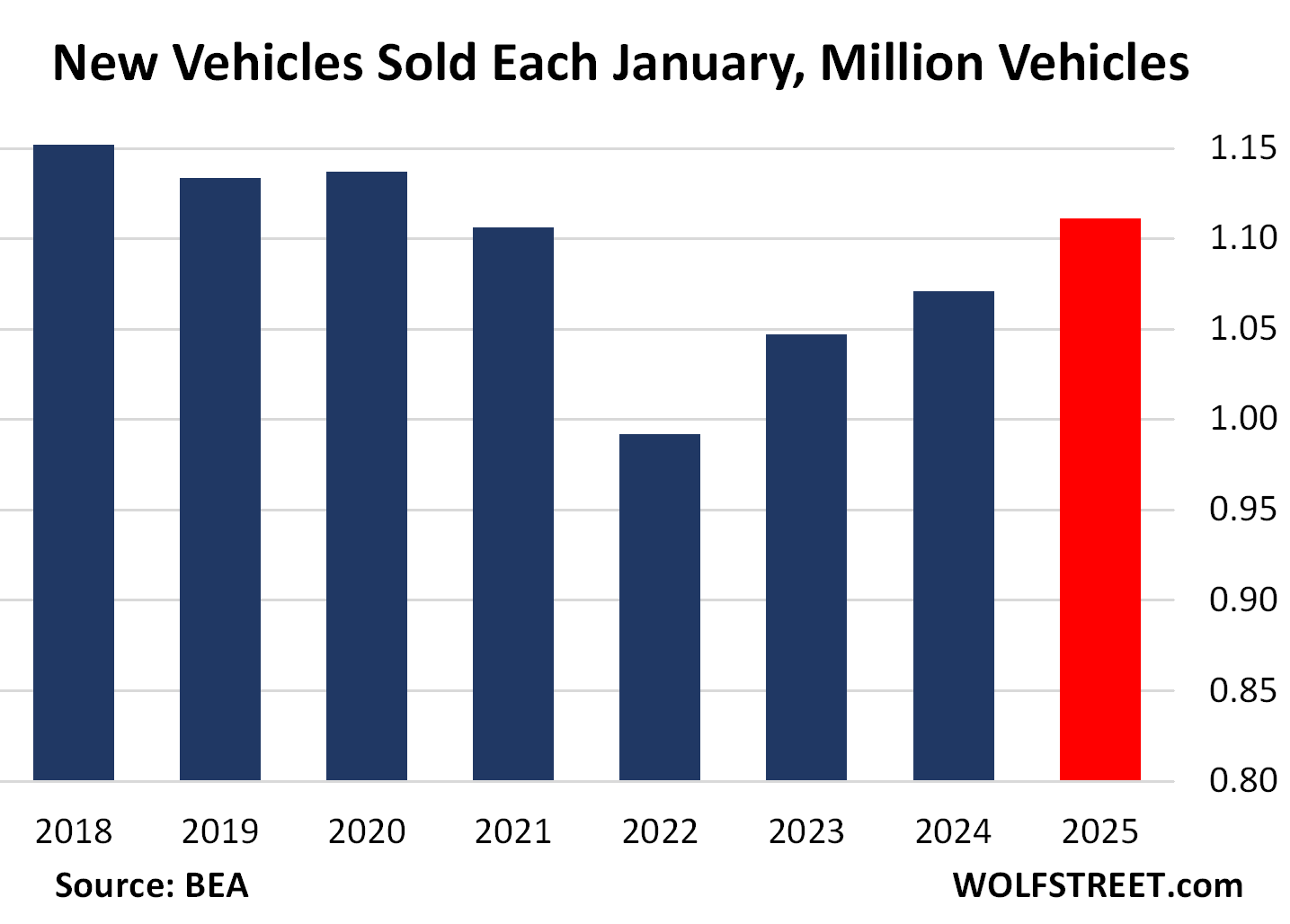

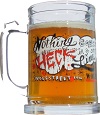
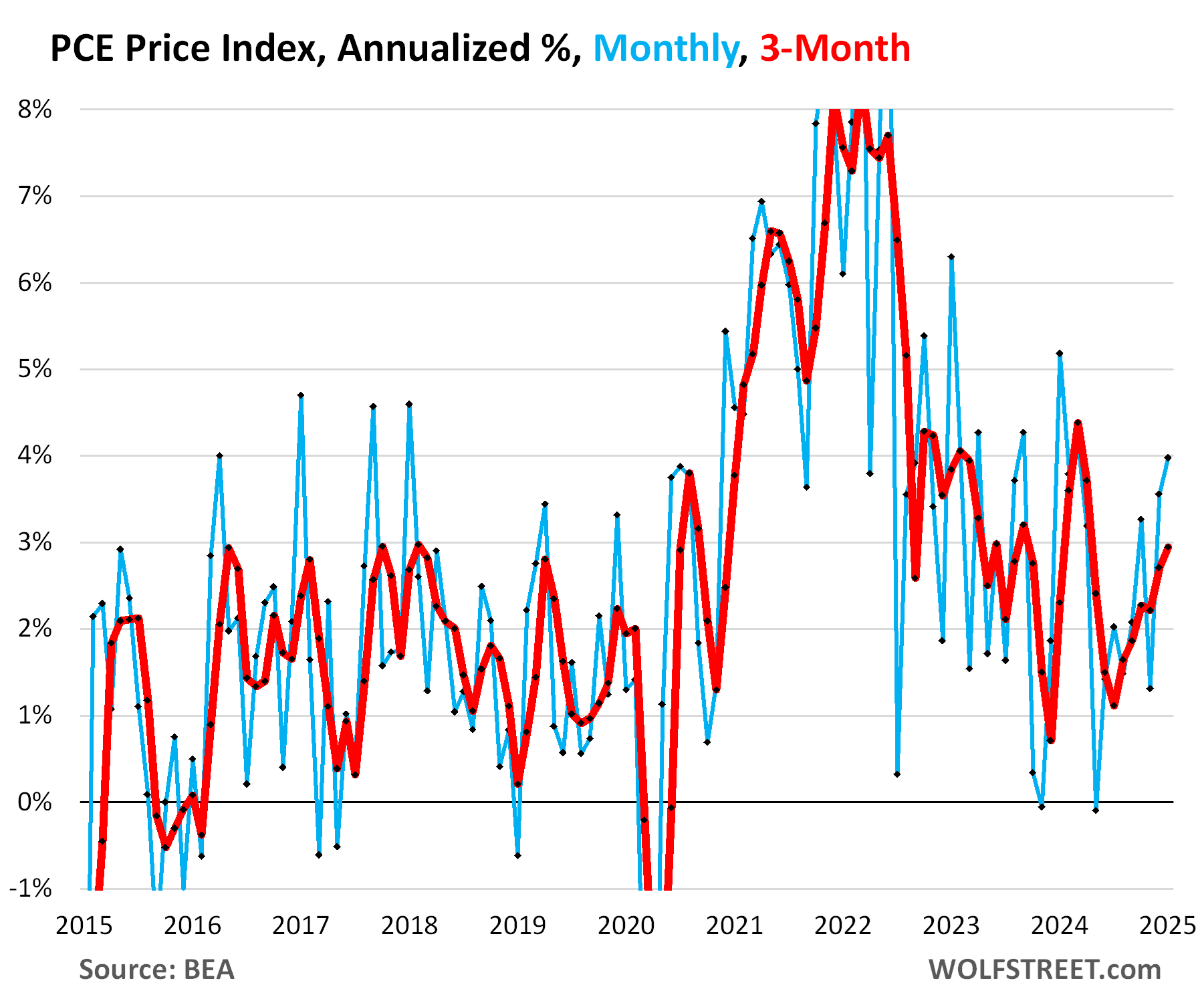


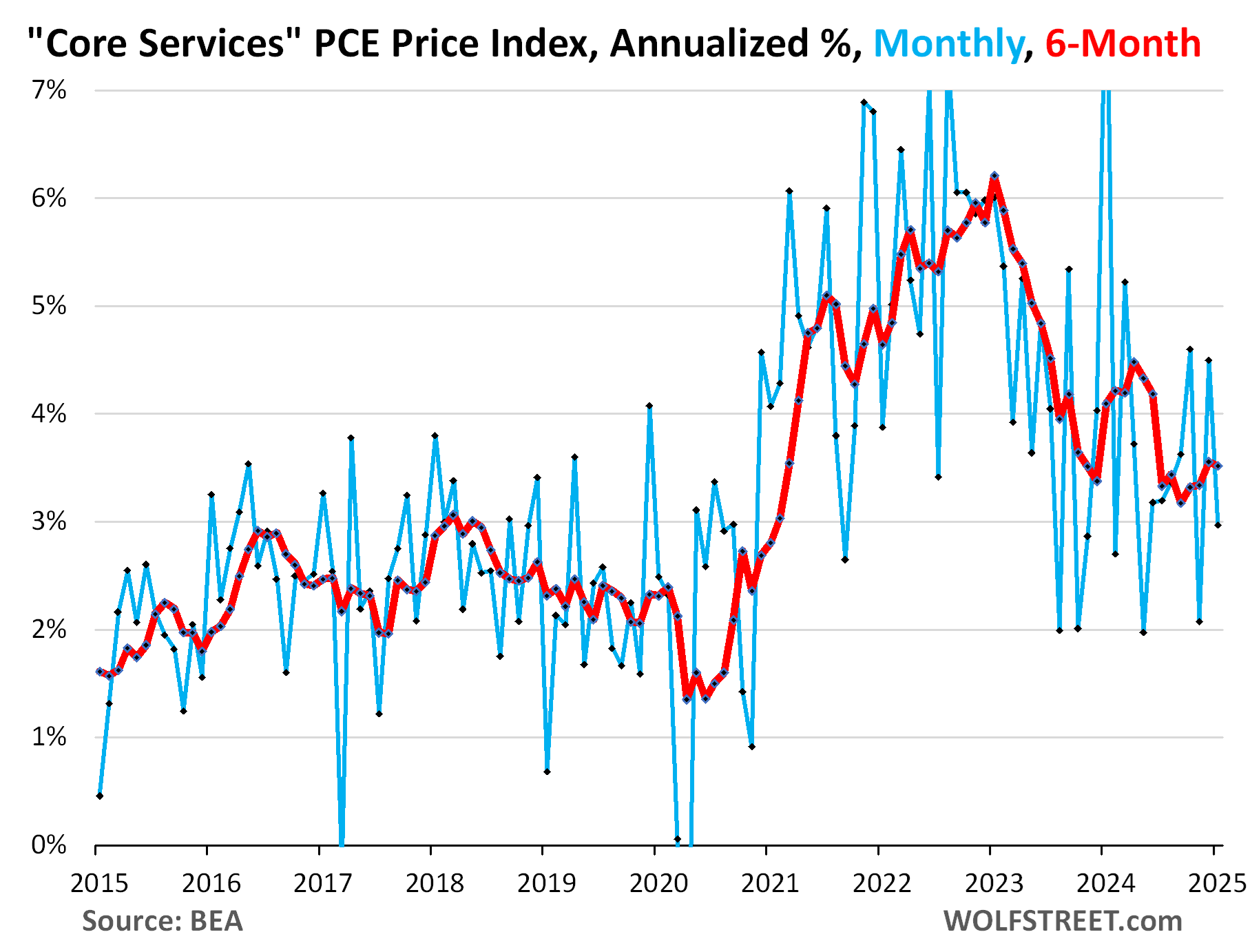
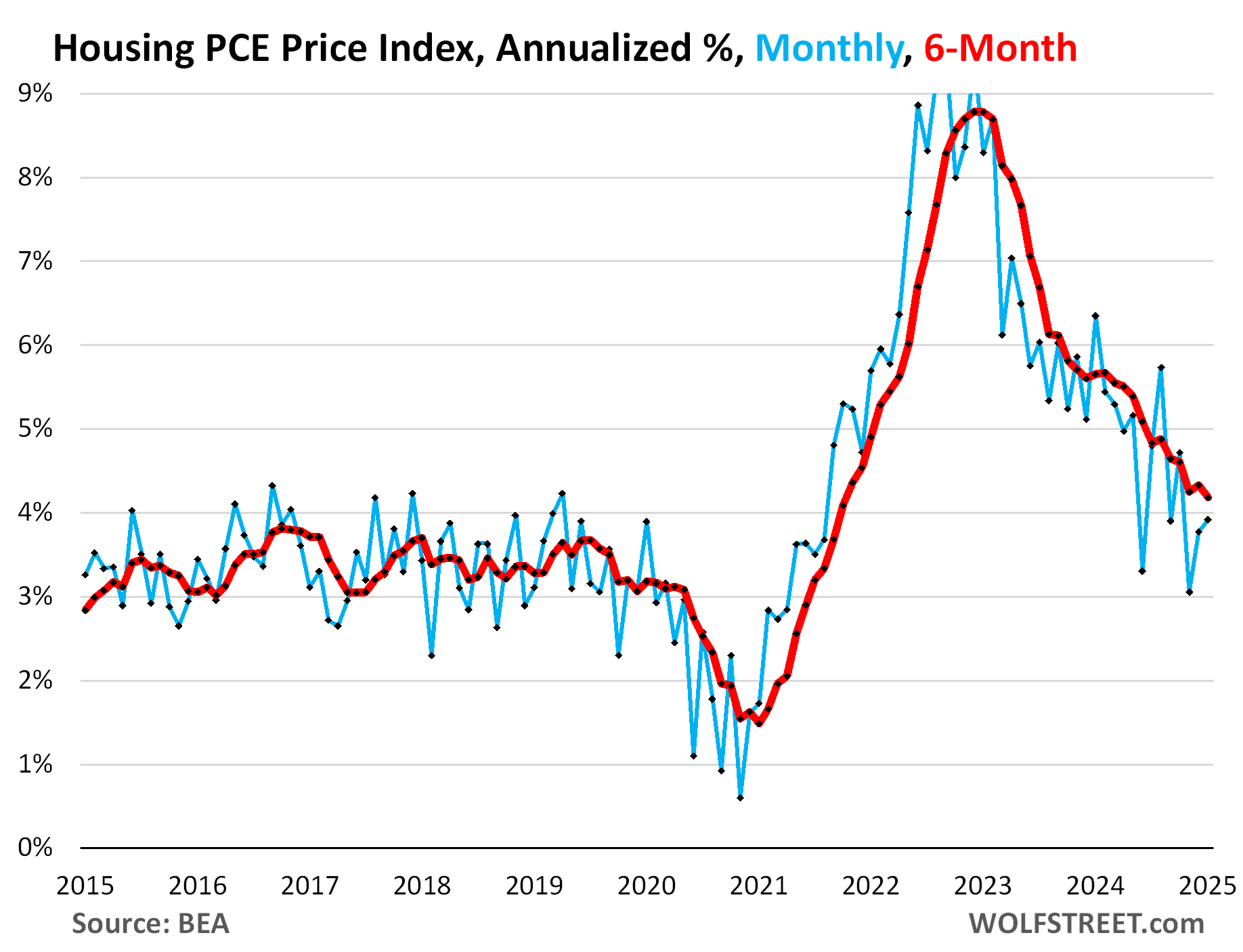
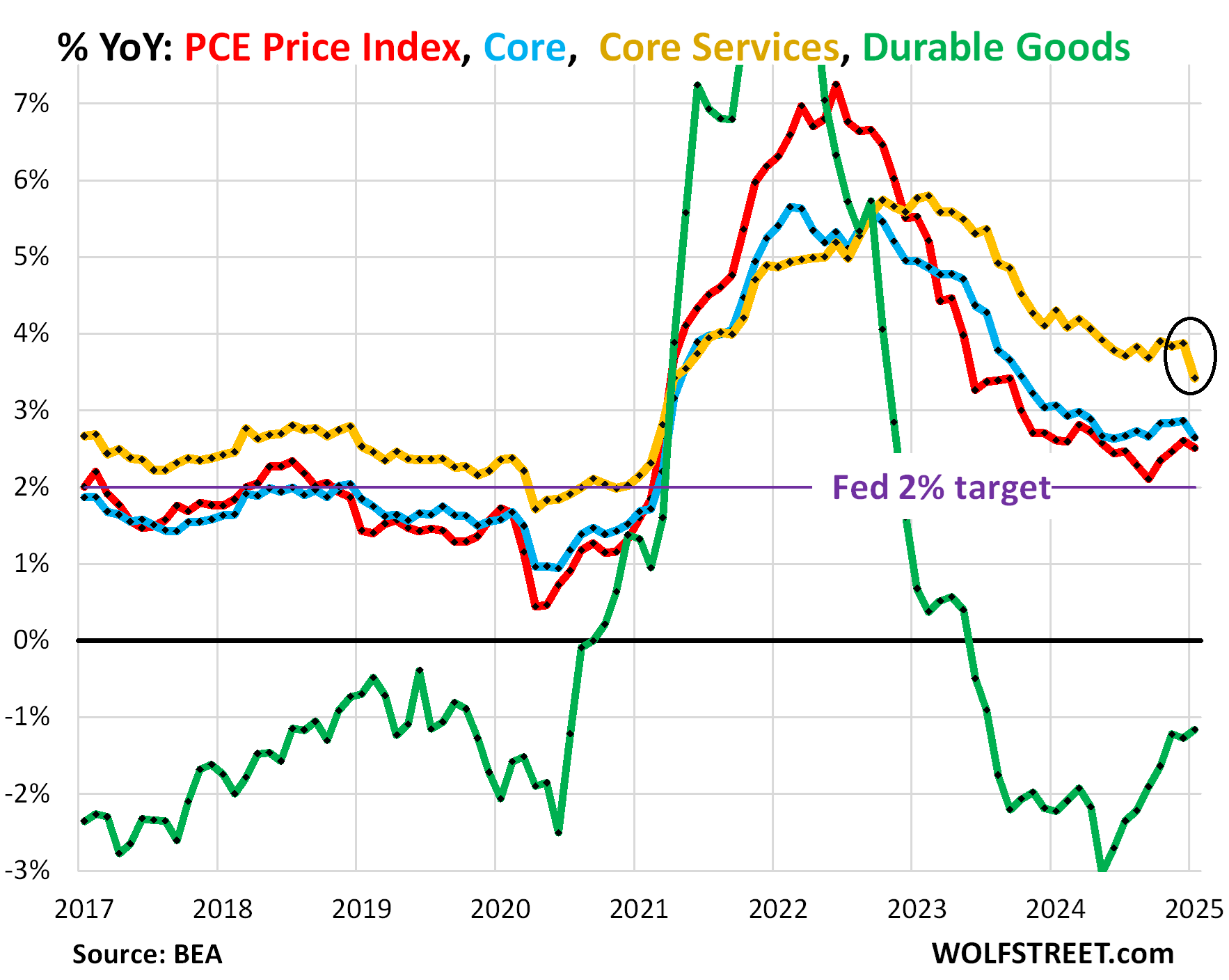
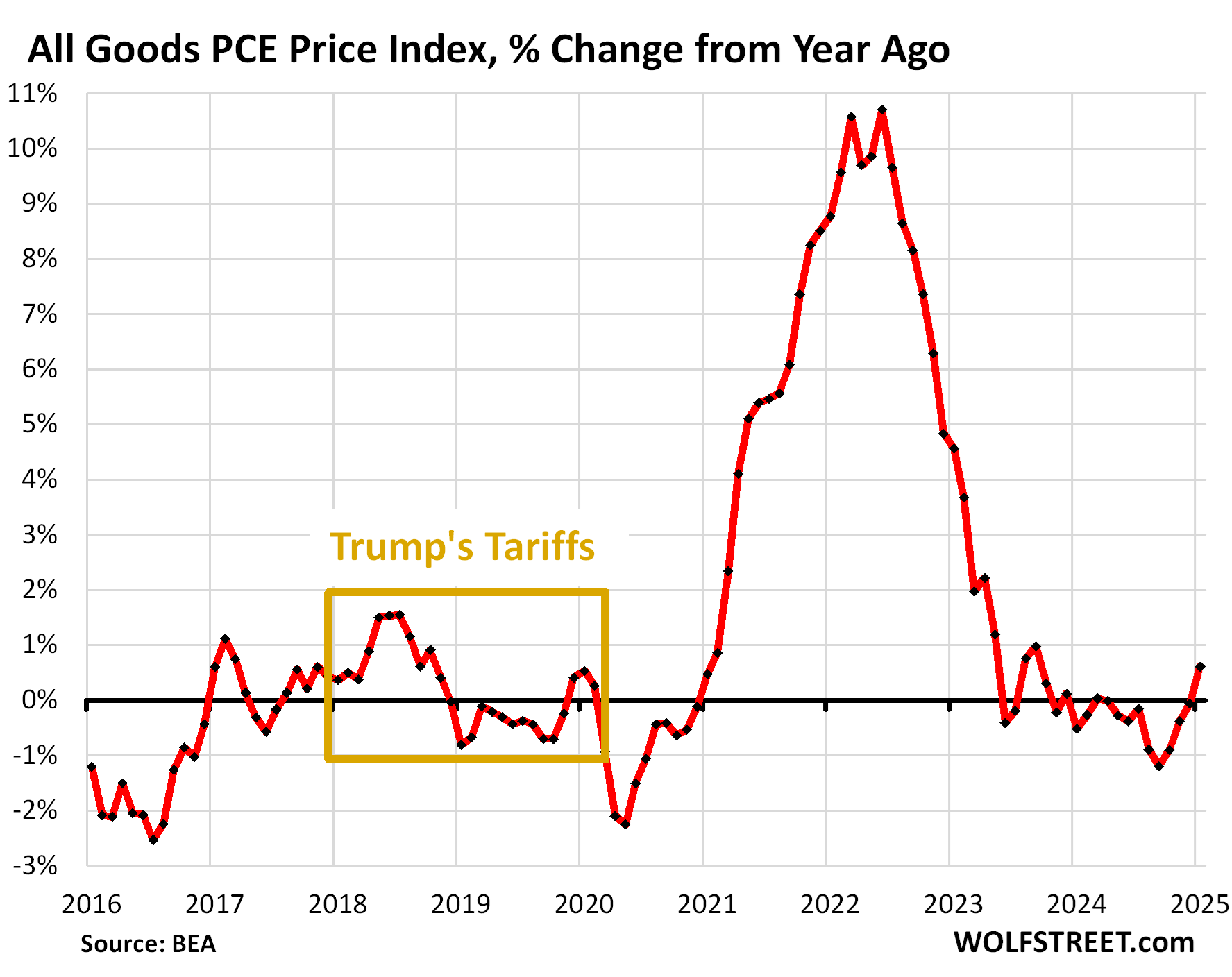

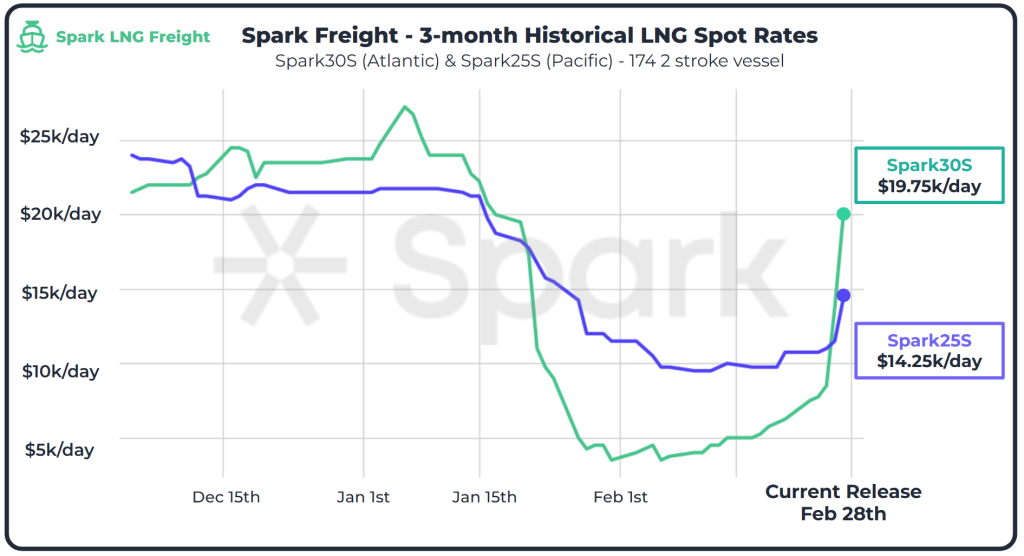





 Elon Musk speaks during U.S. President Donald Trump’s first cabinet meeting of the new administration at the White House in Washington on Feb. 26.
Elon Musk speaks during U.S. President Donald Trump’s first cabinet meeting of the new administration at the White House in Washington on Feb. 26.


